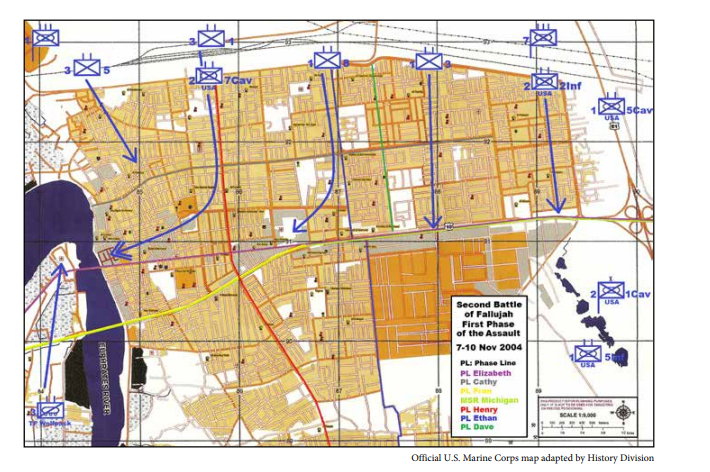
US clearly wants Israel to rely more on ground force operations over airstrikes
Tom Rogan
Video Embed
Visiting Israel on Thursday, Secretary of State Antony Blinken pushed Israeli leaders to take greater action to avoid the heavy civilian casualties that have defined operations against Hamas in northern Gaza. Perhaps more than 10,000 civilians have been killed alongside Hamas fighters since Israel launched its military response to the Hamas atrocities of Oct. 7.
Blinken emphasized that civilian infrastructure such as power plants should not be targeted, that civilian safe zones be established, and that the scale of civilian losses be reduced. Israel needs U.S. munition supplies, so at least to some degree, it must listen to Blinken’s demands. The problem for Israel is how to balance these demands while continuing to prosecute its war aim of Hamas’s destruction. In turn, it seems likely that the U.S. is pushing Israel to significantly expand its use of ground force operations and reduce its use of airstrikes. That seems the only feasible way that Israel could balance these various concerns.
Thus far, Israel has been loath to use ground forces as the centerpiece of its campaign. Instead, the Israel Defense Forces has launched ground operations only after heavy airstrikes have targeted Hamas units and bases. Only the most sensitive sites, such as the Shifa Hospital, have received a ground versus air power focus. The challenge is that while expanded ground operations would allow for the more precise segregation of terrorists from civilians, it would also risk far higher casualties on the part of IDF ground forces. Until now, the IDF has clearly chosen to prioritize its force protection at the expense of civilian casualties. If the IDF now conducts ground operations at scale without leading barrages of airstrikes, its ground forces will have to advance through well-defended Hamas lines. IDF ground forces will be far more vulnerable to sniper and anti-tank teams, ambush units, and hidden explosives.
IRAN’S HAND SHOWN BY SUSPENDED MILITIA ATTACKS ON US FORCES
This is not to say that such a ground-focused operation is impossible. The U.S. Marine Corps conducted just such an operation in the Iraqi city of Fallujah in November 2004. But what makes Fallujah different from Gaza is the former’s far smaller size and the fact that many Fallujah civilians had evacuated the city prior to the offensive. In contrast, while many Gazans have moved south, they cannot evacuate into Egypt. Hamas is deliberately exacerbating this humanitarian concern by forcing civilians to remain in areas of high-intensity combat to serve as human shields and die as political fodder for international sympathy.
Still, the basic outline of the Marine action in Fallujah bears note. The prosecution of that action saw airstrikes only against high-value targets or in support of troops in close combat. Civilian protection concerns meant that many airstrikes were not authorized. As in the chart below, the Marines advanced along various offensive phase lines while supported by armored vehicles and tanks. These supporting elements gave the Marines the means of more discriminating firepower against insurgents who had established stronghold positions in buildings.

The approach allowed U.S. forces to secure the city with fewer than 100 killed in action and civilian casualties of around 500 (it is unclear how many civilians were killed by insurgents and how many by U.S. action). These casualty figures are significant but far lower than they would have been had the U.S. relied on massive air power.
Israeli ground forces have the capacity to conduct a similar operation at scale in southern Gaza. The brutal question is whether Israeli leaders and the Israeli people are willing to accept even higher losses on the part of their own people in order to reduce civilian losses in Gaza.
